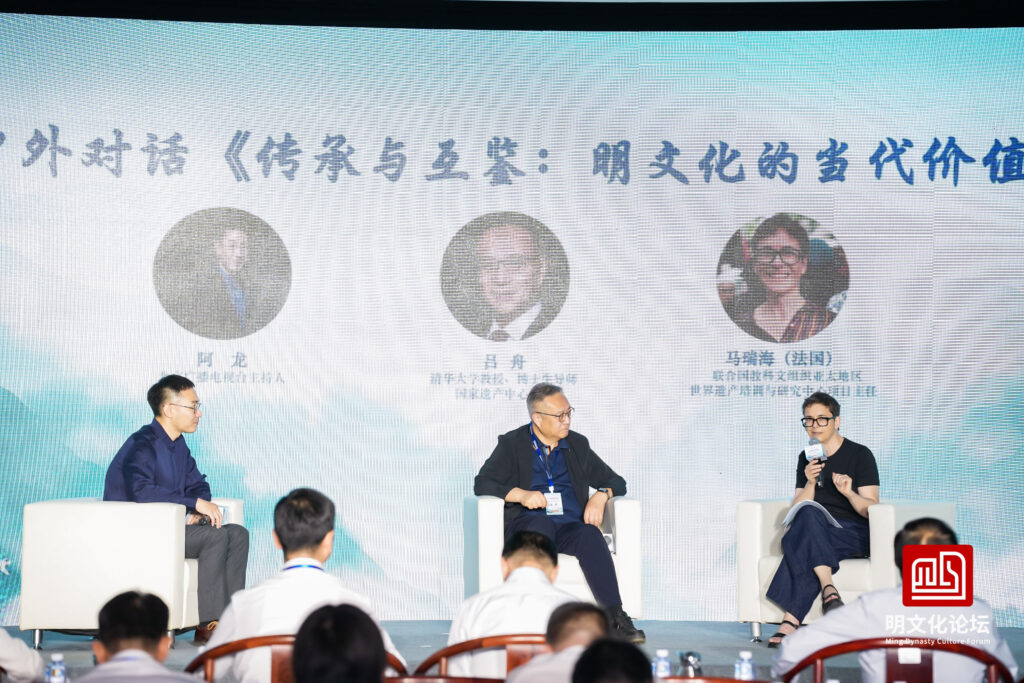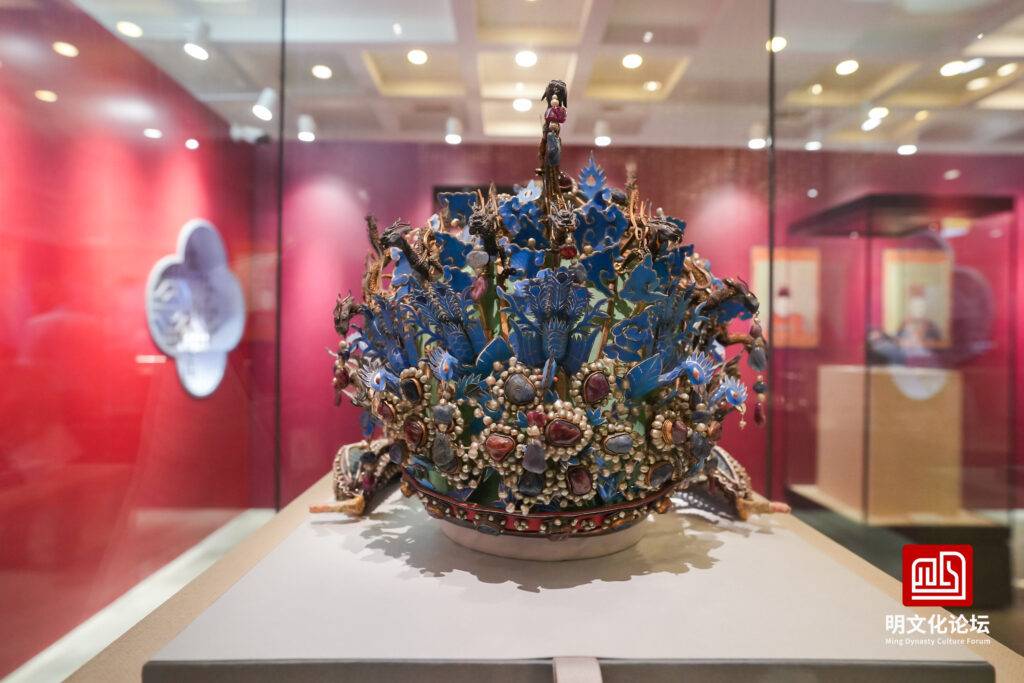It is learnt that the Ming Tombs Scenic Area will gradually open more tombs to the visitors, and all of them by 2030.
The Ming Culture Forum 2024 was recently held in Beijing with the theme of ‘The Splendid Age of the Colorful Ming’. At the main forum, Chinese and foreign guests talked about the contemporary value of Ming culture. During the main forum, at the “Magnificent Ming Dynasty Treasures” exhibition dedicated to the cultural relics of Ming Dynasty, more than 100 pieces of national treasures were on display, including Emperor Wanli’s golden mesh crown and the empress’ phoenix coronet.

The event on the whole has reached a new height in terms of scale, embodies a broader cultural perspective, gathers a wealth of cultural relics of the Ming Dynasty, and features a series of wonderful activities. It aims to give full play to Changping’s abundant Ming cultural resources, do a good job in the protection and inheritance of the Ming Tombs, a world cultural heritage site, and help enhance Beijing’s reputation as a famous historical and cultural city.

is learned that the Ming Tombs Scenic Area will gradually open more tombs to the visitors, and all of them by 2030. This will be done in three phases from 2024 to 2030. The first phase is from 2024 to 2025, to open Siling (Tomb of Emperor Sizong) and Yongling (Emperor Shizong); the second phase, from 2026 to 2028, to open Maoling (Emperor Xianzong), Tailing (Emperor Xiaozong), Deling (Emperor Xizong) and the ruins of the New Imperial Residence; the third phase is from 2029 to 2030, to open Xianling (Emperor Renzong), Yuling (Emperor Yinzong), and Qingling (Emperor Guangzong). After all the tombs are open to tourists, physical cultural relics will be displayed as they are with signs and explanations, including not only ancient buildings, tombs, and the Sacred Way, but also cultural heritage elements such as the former architectural sites and the Sacred Way, to comprehensively represent the whole construction process of the Ming Tombs, and their architectural characteristics and construction skills.
It will take two days to complete both routes, and visitors can spend the night in hotels nearby or camping at Juyongguan to enjoy the starry night and immerse yourself in the splendor of Ming culture and Dynasty

